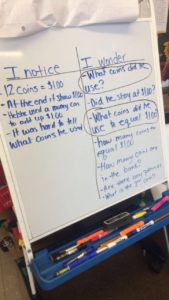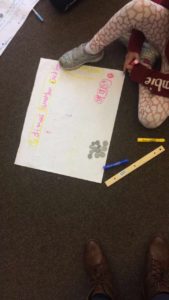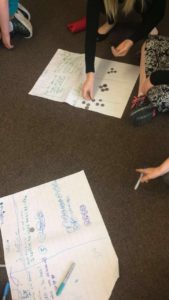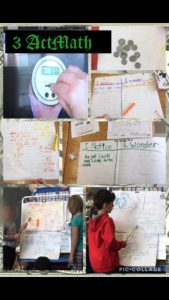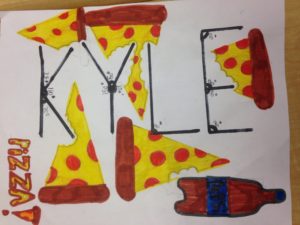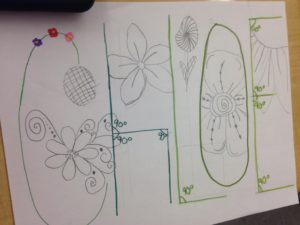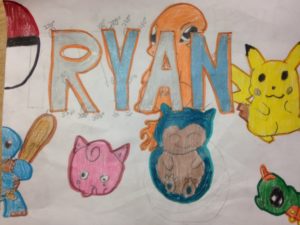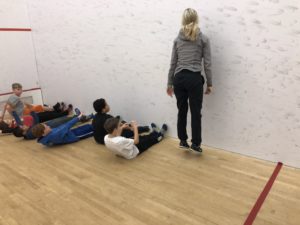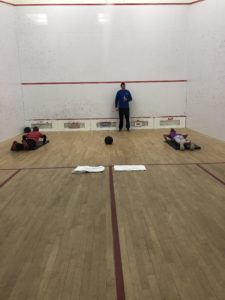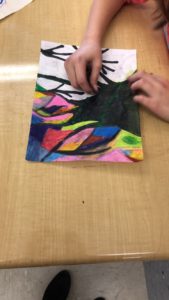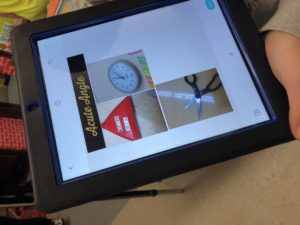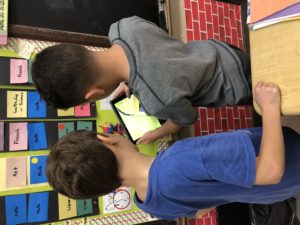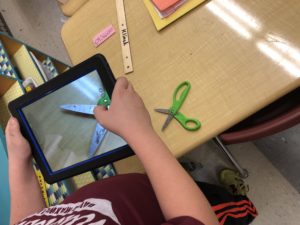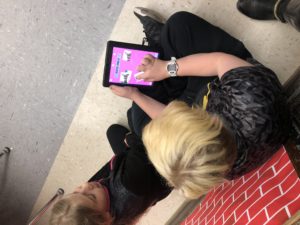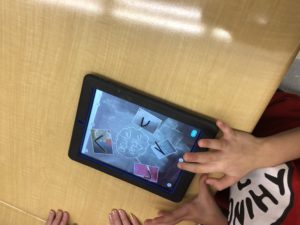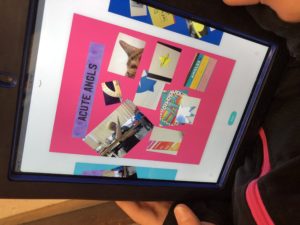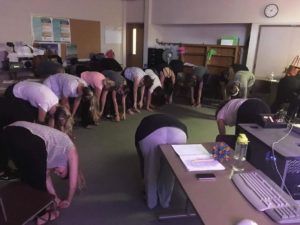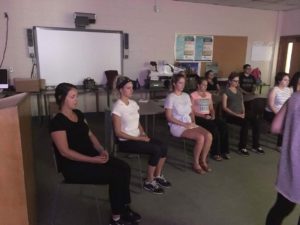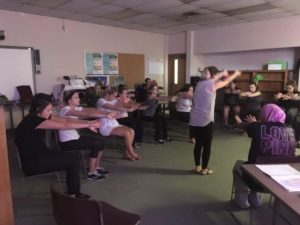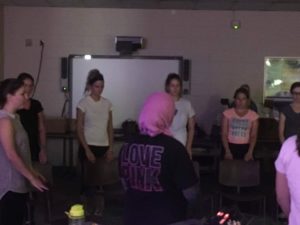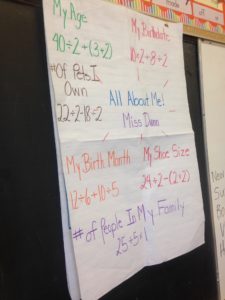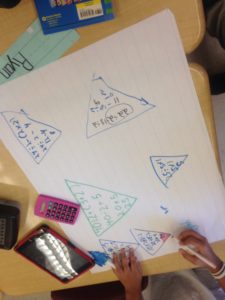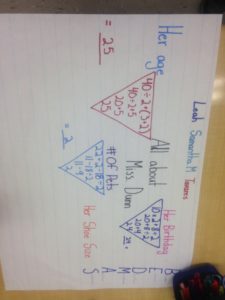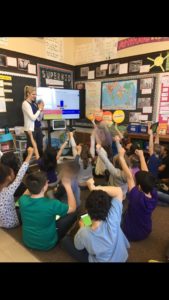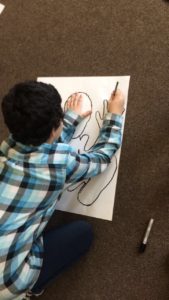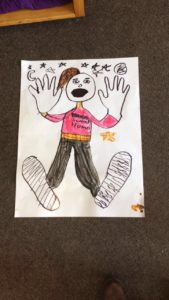3-Act Math: It All Adds Up
The students had been learning about money for the past week. I have been apart of collaborative learning with a few teachers at my school who are doing research on 3-Act Math. Also, during a PD day on March 31st, I had the pleasure on sitting in on a 3-Act Math lesson with my associate teacher. 3-Act Math is a math lesson where students watch 3 separate videos, one at a time, to find the answer to a math problem. The first video is very brief and after students watch it once or twice, they get into groups of 1-4 and write down a t-chart that says I wonder and I notice. They fill out as much information as possible on their t-chart. The students come back to the carpet and the teacher writes down all of the math related curiosities to I wonder and I notice. Next, the class comes to a conclusion to figure out what the question to the video is from the student response. In the video we watched, the question was “what coins did he put in the bank”, which about 5 students were able to guess. Following this, the students watch the second video, or view pictures provided. With this information, they go back to their group to try and solve the problem. They put as much information as possible on their anchor chart to solve the problem. During this step, the students saw that someone put a dime and a nickle in a money jar and then blocked off the rest of the numbers. The person put money in 12 times to reach a $1.00. The only coins he used were dimes, nickles, and quarters. Students went back into their groups and problem solved. It was amazing to see how the students could work together and collaborate. They would discuss the possibilities and money combinations. My job was to facilitate students and extend their curiosities. I was very cautious about what I would say to the students, because I did not want to give away the answer. I would simply say things like “great work” or “can you think of any other money combinations?”
After the students had enough time to collaborate, problem solve, and critically think about the answer to the question, we gathered back at the carpet to watch the final video, which revealed the answer. The final answer was that the person used 7 nickles, 4 dimes, and 1 quarter. The students would have gotten this answer by using the information that he used all three coins: nickles, dimes, and quarters. He used 12 total coins and the total was $1.00. There were a total of 9 groups of students, some individual. There were 5 groups of students who got the correct answer. The other students who did not get the correct answer used only dimes and nickles and forgot to incorporate quarters. However, almost all the groups presented their findings, including the students who got the answer wrong. This allowed them to understand where they went wrong, and identify the correct answer. The 3-Act Math is a wonderful opportunity to allow students to problem solve, critically think, collaborate, and be curious. I absolutely loved watching the students solve this question because they had so much fun doing so. This is a wonderful class to sit in on and watch a love for math become a possibility.
The 3-Act Math was from a website called G Fletchy. The link to this specific 3-Act Math is https://gfletchy.com/it-all-adds-up/
